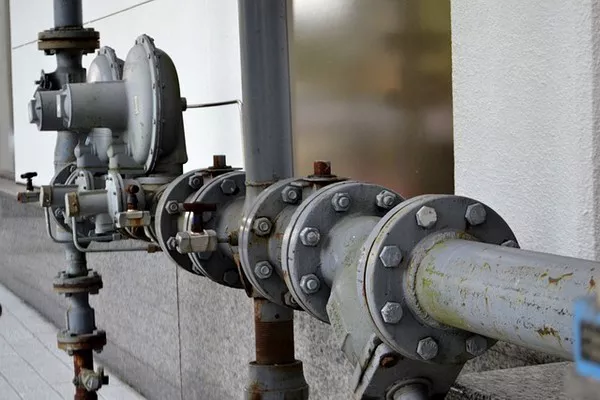Sewage treatment plants play a vital role in maintaining public health and environmental sustainability by treating and managing wastewater. These facilities are designed to handle the complex task of processing sewage and other pollutants before releasing the treated water back into the environment. In this article, we will explore the essential functions of a sewage treatment plant and the processes involved in ensuring the safe disposal of wastewater.
Primary Treatment
The first stage of sewage treatment involves the removal of large objects and debris through a process known as screening. In this phase, wastewater passes through a series of screens that capture materials like sticks, leaves, and plastic. Once the larger particles are removed, the water undergoes primary sedimentation, where heavier solids settle to the bottom of large tanks. This primary treatment significantly reduces the amount of suspended solids in the water, making it easier to proceed to the next stage of treatment.
Secondary Treatment
After primary treatment, the wastewater undergoes secondary treatment to further remove suspended and dissolved biological matter. This stage primarily employs biological processes to break down organic substances. One common method is the activated sludge process, where microorganisms, including bacteria and protozoa, are introduced to the wastewater. These microorganisms consume organic matter, reducing the overall pollutant levels in the water.
Aeration tanks are integral to the secondary treatment process. They provide an oxygen-rich environment that supports the growth and activity of aerobic bacteria, promoting the breakdown of organic compounds. As microorganisms feed on the organic matter, they form flocs that settle to the bottom during the sedimentation process. The clarified water at the top is then ready for the next phase of treatment.
Tertiary Treatment
Tertiary treatment is the final step in the sewage treatment process, designed to further purify the water and meet stringent environmental standards. This phase utilizes various advanced treatment methods to remove remaining impurities, including nitrogen and phosphorus compounds. Common tertiary treatment techniques include filtration, chemical treatment, and advanced biological processes.
Filtration involves passing the water through sand or other media to capture any remaining suspended particles. Chemical treatment often includes the addition of coagulants and disinfectants to remove pathogens and other harmful substances. Advanced biological processes, such as constructed wetlands or membrane bioreactors, are also employed to achieve the desired level of water quality.
Disposal and Reuse
Once the sewage has undergone primary, secondary, and tertiary treatment, the resulting treated water, also known as effluent, is ready for safe disposal or potential reuse. The most common method of disposal is to release the treated water into rivers, lakes, or oceans, following strict regulatory guidelines to ensure that the discharged water meets environmental standards.
In recent years, there has been a growing emphasis on water reuse and recycling to address water scarcity issues. Treated sewage effluent can be used for various non-potable purposes, such as irrigation, industrial processes, and landscape irrigation. However, before implementing water reuse, thorough testing and treatment are necessary to ensure that the water meets the specific requirements for the intended application.
Sludge Management
In addition to treating the liquid portion of sewage, sewage treatment plants also manage the solid byproduct known as sludge. Sludge contains the residual organic and inorganic materials that are removed during the treatment process. To handle sludge efficiently, sewage treatment plants employ methods such as anaerobic digestion, dewatering, and incineration.
Anaerobic digestion is a biological process where microorganisms break down organic matter in the absence of oxygen, producing biogas as a byproduct. This biogas, primarily methane, can be used as a renewable energy source. Dewatering involves reducing the moisture content of the sludge, making it easier to handle and transport for further processing or disposal. Incineration is a thermal treatment method that combusts the sludge, reducing its volume and producing energy in the form of heat.
Conclusion
Sewage treatment plants play a crucial role in protecting public health and the environment by treating and managing wastewater effectively. Through a series of well-designed processes, these facilities remove impurities and pollutants, ensuring that the discharged water meets stringent environmental standards. As society continues to face challenges related to population growth, urbanization, and environmental sustainability, the role of sewage treatment plants becomes increasingly vital in safeguarding water resources and promoting a healthier planet.

